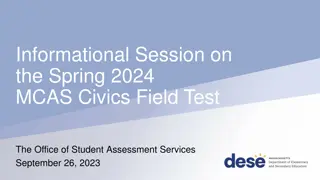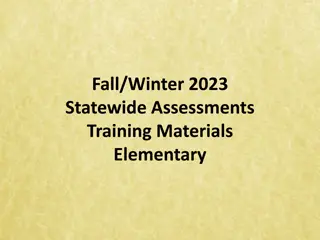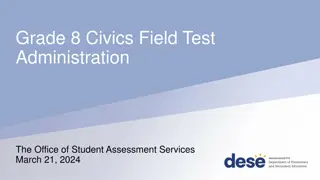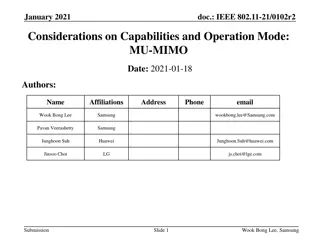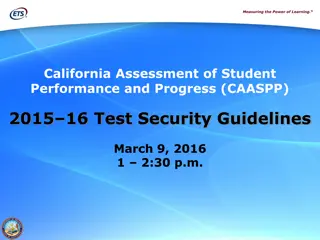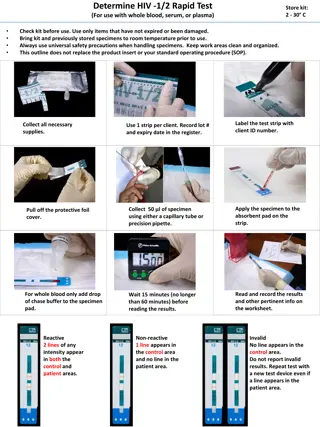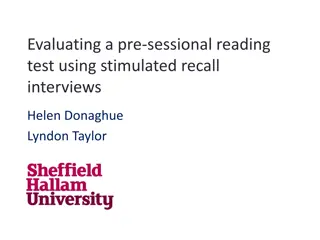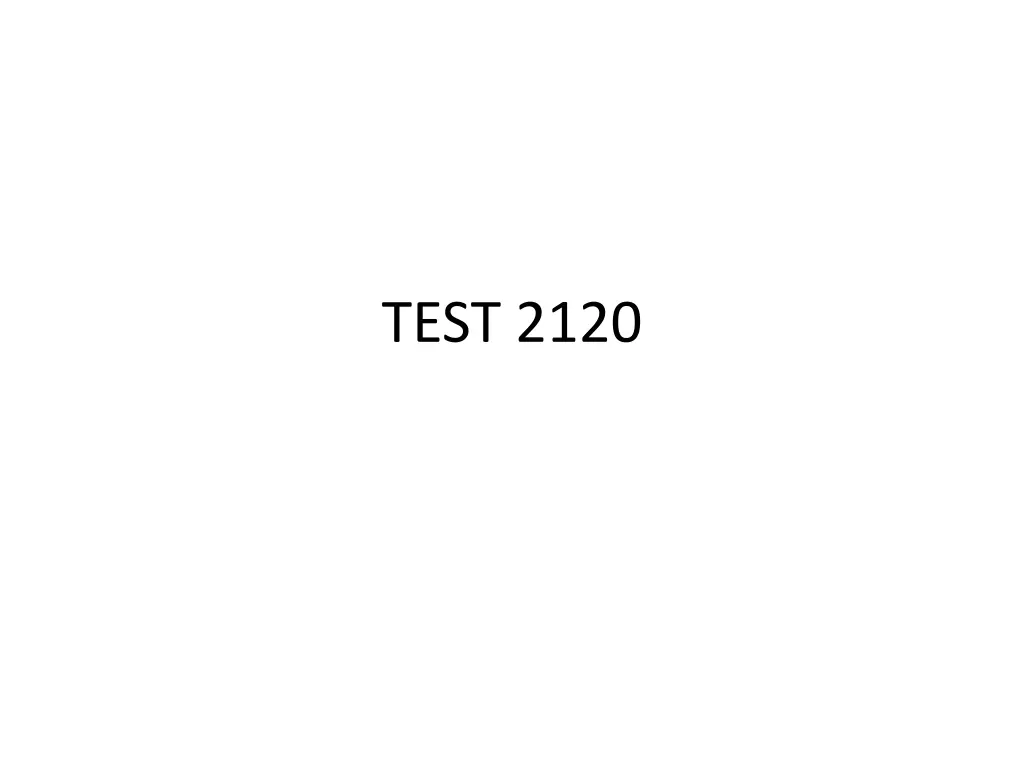
Military Drill & Naval History Quiz
Test your knowledge in military drill commands, protocol, and naval history with this quiz. Learn about color guard movements, squad alignments, missile speeds, officer saluting etiquette, marching cadence, NJROTC training, historical naval boarding parties, and Navy mission objectives.
Download Presentation

Please find below an Image/Link to download the presentation.
The content on the website is provided AS IS for your information and personal use only. It may not be sold, licensed, or shared on other websites without obtaining consent from the author. If you encounter any issues during the download, it is possible that the publisher has removed the file from their server.
You are allowed to download the files provided on this website for personal or commercial use, subject to the condition that they are used lawfully. All files are the property of their respective owners.
The content on the website is provided AS IS for your information and personal use only. It may not be sold, licensed, or shared on other websites without obtaining consent from the author.
E N D
Presentation Transcript
1. On what command does the color guard (with rifles) execute right and left shoulder arms? a) PRESENT, COLOR b) CARRY, COLOR c) ORDER, COLOR d) None of the answers are correct
2. What command is given to align a squad at normal interval? a) ALIGN, TWO b) ATTENTION, DRESS c) DRESS RIGHT, DRESS d) DRESS INTERVAL, DRESS
3. The speed of missiles and other high speed aircraft is often expressed in terms of __________. a) Speed b) Mph c) Mach number d) Velocity
4. In which of the following examples does an enlisted person NOT salute an officer? a) When reporting to the CO in uniform (covered) b) When on guard duty and an officer passes close aboard c) When outdoors overtaking an officer from the rear d) When at mess and addressed by an officer
5. The rhythmic rate of march at a uniform step is called a) Beat. b) Cadence. c) Jo-Dee. d) Precision.
6. In NJROTC the purpose of a Training Time Out (TTO) is a) to shorten a training exercise in order to build unit morale and develop team spirit. b) an appropriate means for a cadet to obtain relief if he/she is experiencing discomfort during the training exercise. c) an appropriate time to demonstrate habits of precision and automatic response to orders and commands. d) to stop the military drill exercise and give cadets an opportunity to handle drill rifles.
7. A boarding party from what U.S. ship captured and boarded a German U-boat? a) USS King b) USS Yorktown c) USS Guadalcanal d) USS Hornet
8. The high visibility of our ships on the open seas around the world accomplishes what part of the Navy mission? a) Naval presence b) Sea Control c) Strategic deterrence d) Projection of power ashore
9. _______ are strong, seaward-moving currents that occur along some shores. a) Surf b) Rip currents c) Breakwaters d) Longshore currents
10. Vector __________ on a maneuvering board represents the reference vessel's course and speed. When your own vessel is at the center of the maneuvering board, the vector __________ represents your boat's or ship's course and speed. a) er b) en c) em d) r
11. The second stage of a thunderstorm is called the __________. a) infant Stage b) mature Stage c) immature Stage d) adult Stage
12. What was the famous Civil War Sea battle in which mines played a crucial part? a) Civil War Sea Battle of Pensacola Bay, Florida b) Civil War Sea Battle of Mobile Bay, Alabama c) Civil War Sea Battle of New Orleans Bay, Louisiana d) Civil War Sea Battle of Biloxi Bay, Mississippi
13. What is the machine used to hoist a bow anchor? a) Wildcat b) Winch c) Capstan d) Anchor windlass
14. Instead of meeting General Burgoyne in Albany in 1777, General Howe made an ill-advised decision to capture which city? a) Savannah b) Boston c) Philadelphia d) New York City
15. Why do Sailors needs to wear heavy leather work gloves when handling wire rope? a) The line becomes too hot to touch when under strain. b) Wire rope tends to form spurs or burrs on its surface and these can cut hands. c) The leather allows for a firmer grip on the line than bare hands. d) The wearing of leather gloves helps to prevent the line from twisting and kink forming.
16. Which of these statements about burns contains an error? a) Third degree burns often cause shock but little or no pain. b) Second degree burns, which look moist and ooze fluids, are often the most painful type of burn. c) All electrical burns are classified as third degree. d) Burns from sunburn are always classified as first degree burns.
17. Which one of the following is NOT a position of rest when halted? a) REST b) ATTENTION c) AT EASE d) PARADE REST
18. The flag and the national anthem are symbols of a) national conquest. b) foreign wars. c) military personnel. d) all the people, their land, and their institutions.
19. The body fat reserve necessary for good health is called________. a) essential fat b) storage fat c) unsaturated fat d) saturated fat
20. Cadet officers that have shown an aptitude for high leadership in the NJROTC program are generally in their a) second or third year. b) third or fourth year. c) first or fourth year. d) first or second year.
21. Which one of the following is NOT one of the three Ts that provided the surface Navy with its principal antiair defensive capability during the 1970s and 1980s? a) Tartar b) Terrier c) Talos d) Trident
22. Which one of these suggestions about managing stress is least effective? a) Be very critical of yourself so that you can show your best face to others, thereby preventing their criticism. b) Accept the inevitability of stressful situations and resolve to control your reaction to them. c) Face problems as they occur instead of putting them off and prolonging your anxiety. d) Every day do something that you find relaxing, even if you have a heavy agenda or busy schedule.
23. With what type of boat will most NJROTC cadets come into contact while on visits to Navy ships and shore stations? a) Powerboats b) Sailboats c) Submarines d) Catamarans
24. __________ buoys are similar to a bell buoy in shape but it has a series of gongs, each with a different tone, with hammers that are moved by the motion of the sea. a) Gong b) Lighted c) Combination d) Whistle or horn
25. The cadence for all rifle movements is? a) 60 counts per minute b) 112 to 120 counts per minute c) 180 counts per minute d) 130 counts per minute




